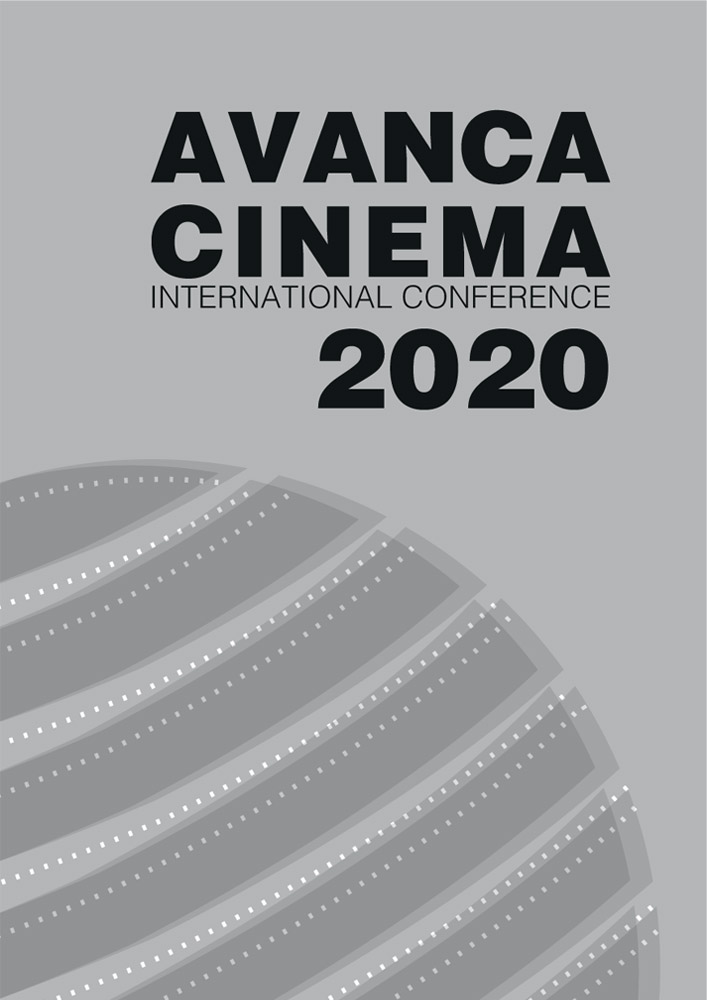Capítulo I _ Cine - Arte
Discourse, Figure, d’après Lyotard.
Resumen
The presence of the written element in cinema goes back to the early silent movies era, to express meanings that were not enough comprehensible just through images. The use of text charts as means to support and to implement narrative almost invariable consisted of black cards with centered white type (rarely the opposite, i.e., black type on white boards), occasionally utilizing graphic features as ornaments.
These letterings inserted between scenes, either before or after to which they referred, sometimes had a deranged narrative effect because of interrupting the action flow. But words, when added to the cinematographic image, can indeed communicate certain abstract concepts such as date time lapse, local; evince characters speeches; describe some action not performed in the movie.
This paper aims to investigate the change of status of the written element as an accessory apparatus to a central and structural element of the movie, specifically in the experimental and avant-garde cinema, considering Marcel Duchamp’s Anémic Cinéma (1926) its inaugural example.
The incorporation of textual elements can be understood within the very process of the visual arts in the first decades of the twentieth century since Braque’s Gueridon (1913) and Picasso’s Bottle of Vieux Marc, Glass, Guitar and Newspaper (1913) through the Cubist and the Dada conceptual and formal strategies.
The Conceptual art of the sixties and seventies permeates expressions of film experimentalism that will be analyzed for its use of text condition, where Michael Snow’s So this is, already in early 80ies (1982) is to be highlighted.

Esta obra está bajo una licencia internacional Creative Commons Atribución 4.0.

